Door thresholds are used on interior and exterior openings to close the gap between the door and the floor. They also help with the smooth transition of flooring from room to room, sound transmission, and keeping the outside elements out of your building. Thresholds come in a variety of types and materials for you to choose from based on your openings, building code requirements, and the needs of the space.
Saddle Door Threshold
Named for their saddle-like shape, this is the most common type of door threshold used in commercial buildings, especially for exterior openings. The basic design of a saddle threshold makes it both highly adaptable and popular for most commercial openings, including options for flat (full) and half saddle thresholds. Saddle thresholds can be supplied with smooth or grooved surfaces; a grooved surface helps reduce the risk of slipping. Some manufacturers also offer special slip-resistant finishes. These types of thresholds also come in a variety of widths and thicknesses depending on the potential foot traffic of your opening – a higher traffic area benefits from a thicker and wider threshold. Saddle thresholds are often used with a door sweep to help close the gap between the bottom of the door and the threshold and keep the elements out of your building.
Click on images to make them larger.
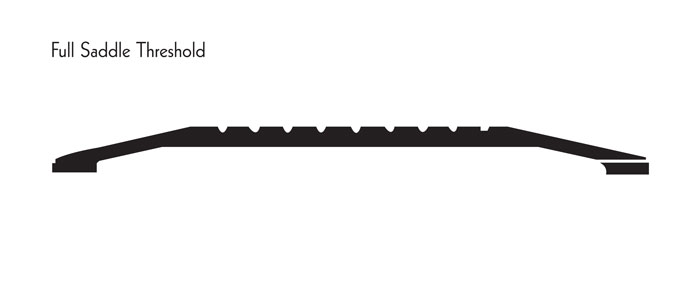
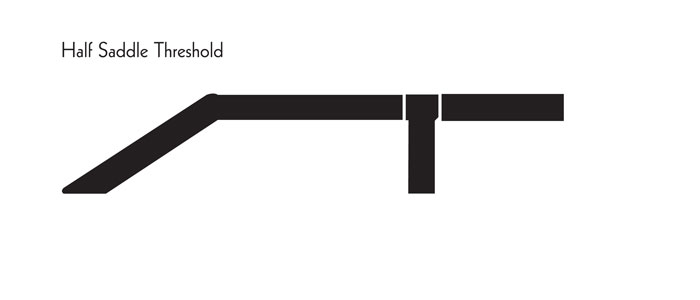
Interlocking Door Threshold
Often used for exterior inswinging doors, interlocking thresholds get their name from the L- or J-shaped hooks that interlock the door and the threshold. The interlocking nature of the threshold is great for doors that are exposed to the elements without the protection of an overhang because they seal the gap between the floor and the bottom of the door. However, rocks, ice, and mud can become lodged in the hook which impacts the door’s ability to seal. These particles will need to be removed to keep the door operating efficiently. LaForce offers several interlocking door threshold configurations as well as designs with a hook strap.
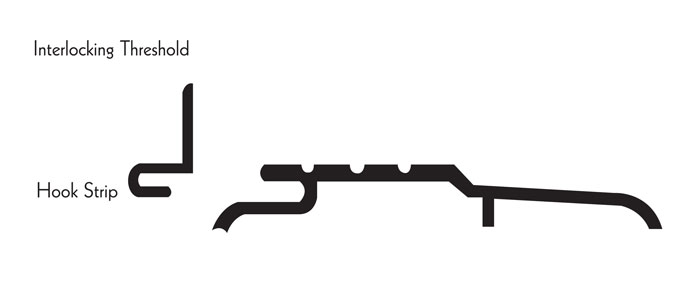
Panic or Latch Track Door Threshold
Used for outswinging doors, panic thresholds are designed for use with vertical rod panic bars. In addition to the weatherproofing capabilities of a typical threshold, a panic threshold can be used to engage the bottom bolt of vertical rod panic hardware, eliminating the need for a floor mounted strike. For this threshold type to work, doors must be ordered with minimal clearance at the bottom so the threshold can engage the door face and/or panic hardware. Talk to our experts about local building codes and regulations for panic thresholds.

Bumper Door Threshold
Bumper thresholds are in the same category at panic thresholds because they both have bumpers that are intended to press against the door face. A bumper threshold is used to prevent air and moisture from entering a room or building. A bumper is positioned at the top of the threshold that connects to the door face with the bumper when it is closed, sealing the opening. The bumper can be made of vinyl, polypyrene, polyurethane, or even pile. When considering this type of door threshold, you also must consider the clearance between the door and the threshold to make sure the door seals properly.
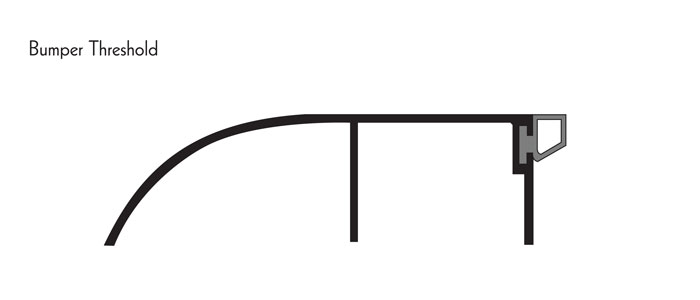
Thermal Break Door Threshold
Thermal break thresholds are designed to prevent the effects of extreme temperature differences. When the temperature on one side of an opening is drastically different than on the other side, heat and cold can transfer from one side of the door to the other. Also, condensation can form on the threshold which causes a slipping hazard. With this type of threshold, a vinyl spline is built into the threshold to split it into two parts. This prevents the transfer of temperature and the formation of condensation on the door threshold. Thermal break thresholds are available in almost all types of thresholds.
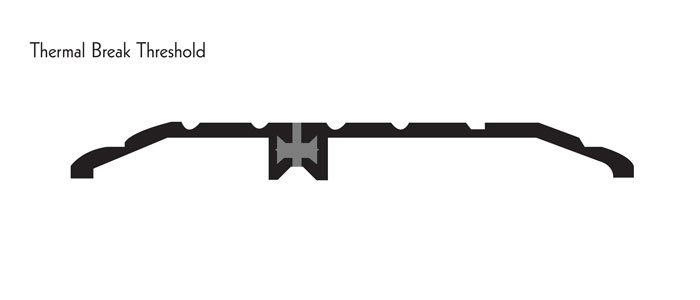
Carpet Divider Door Threshold
These thresholds are used on interior openings to create a smooth transition between flooring types. Depending on how they are used, they can help seamlessly divide or join rooms together in an aesthetically appealing way. Carpet dividers are also used to help contain fires; they can help stop the blaze from traveling underneath the door and spreading into other rooms in the building.
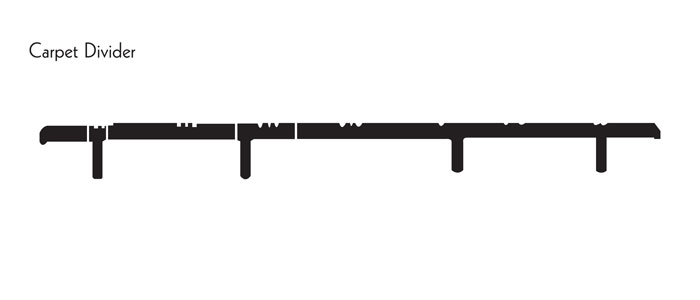
Heavy Duty Door Threshold
Heavy duty thresholds are designed to withstand heavy traffic from both people and machinery (vehicles, forklifts, lawnmowers, etc.) for both interior and exterior openings. They are designed using thicker metal and are available in all types of thresholds.
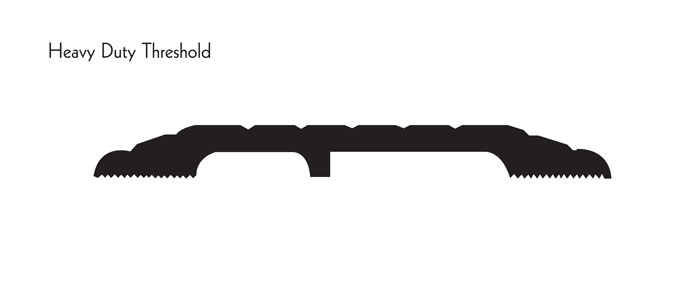
Regardless of the door threshold you choose, it’s important to make sure it meets ADA regulations. To comply with ADA, thresholds should be no more than ½ inch high. For every ¼ inch of extra height, the threshold must be beveled at a maximum slope of 1:2.
Our experts can help you decide on the threshold that best meets your needs and current building codes. We offer door thresholds in custom sizes and configurations, so you are sure to find the right fit for your next build or remodel. Check out our linecard for our full list of products and services or contact us today – we would love to hear about how we can help you on your next project!



Follow Us